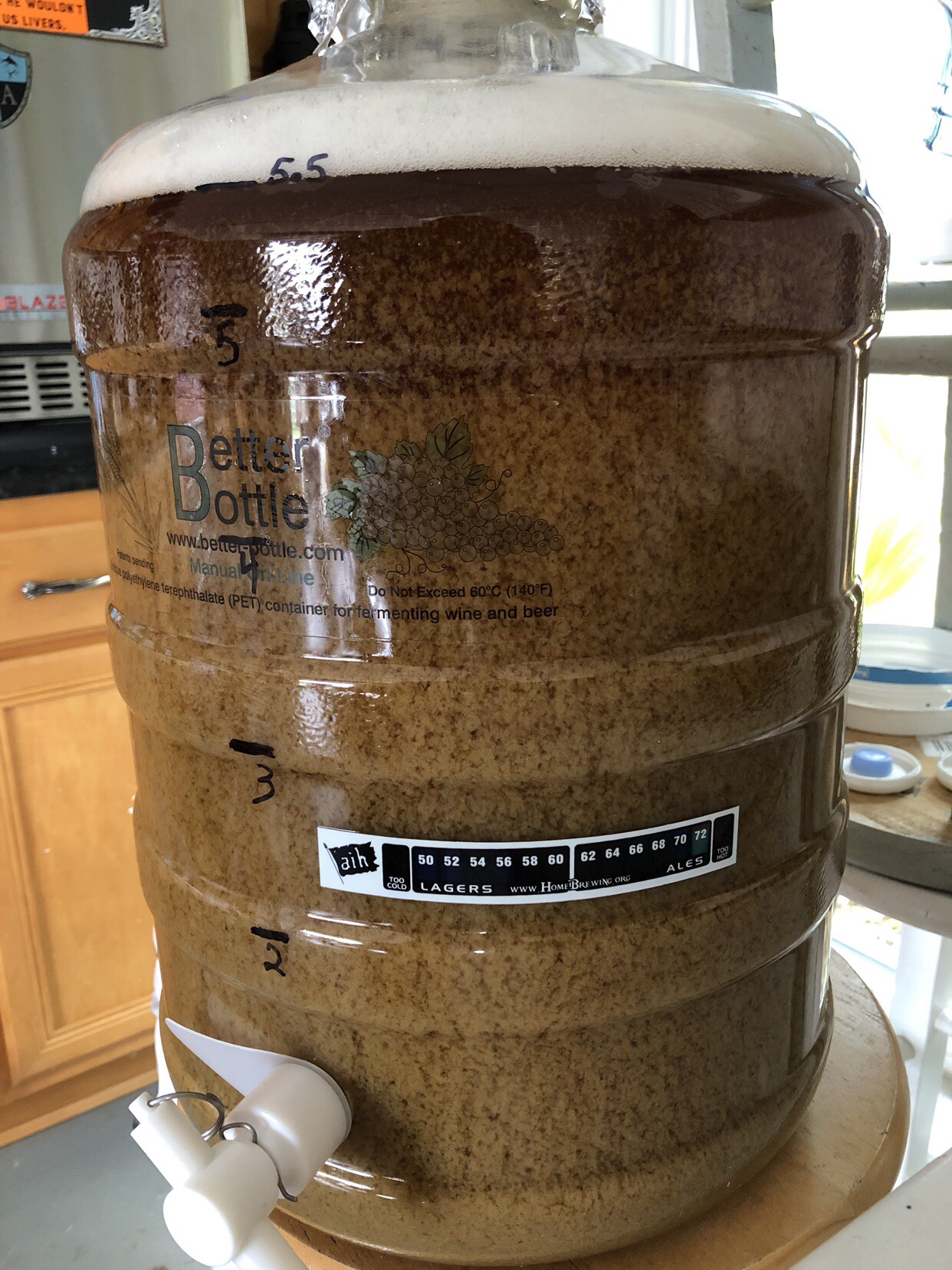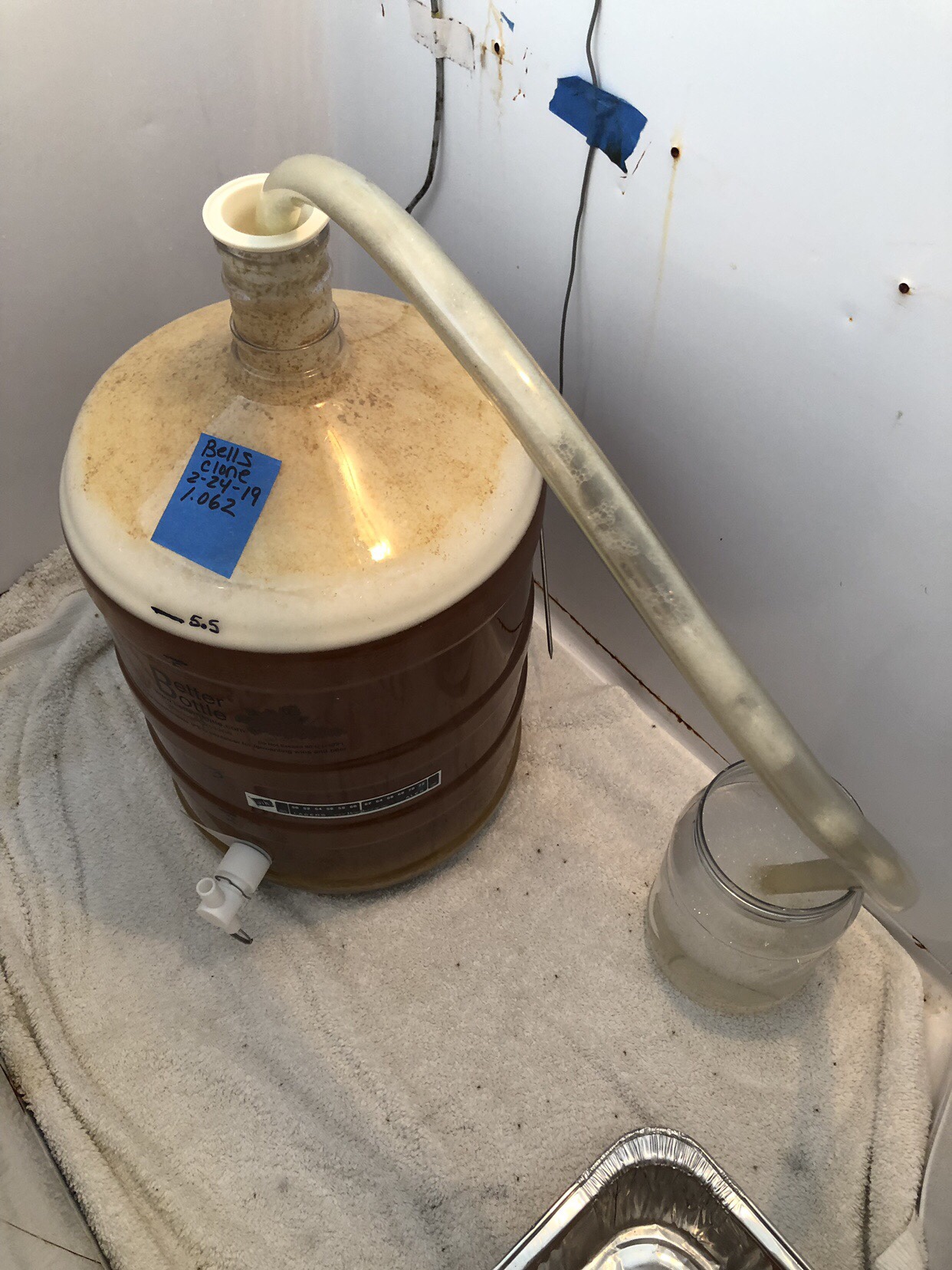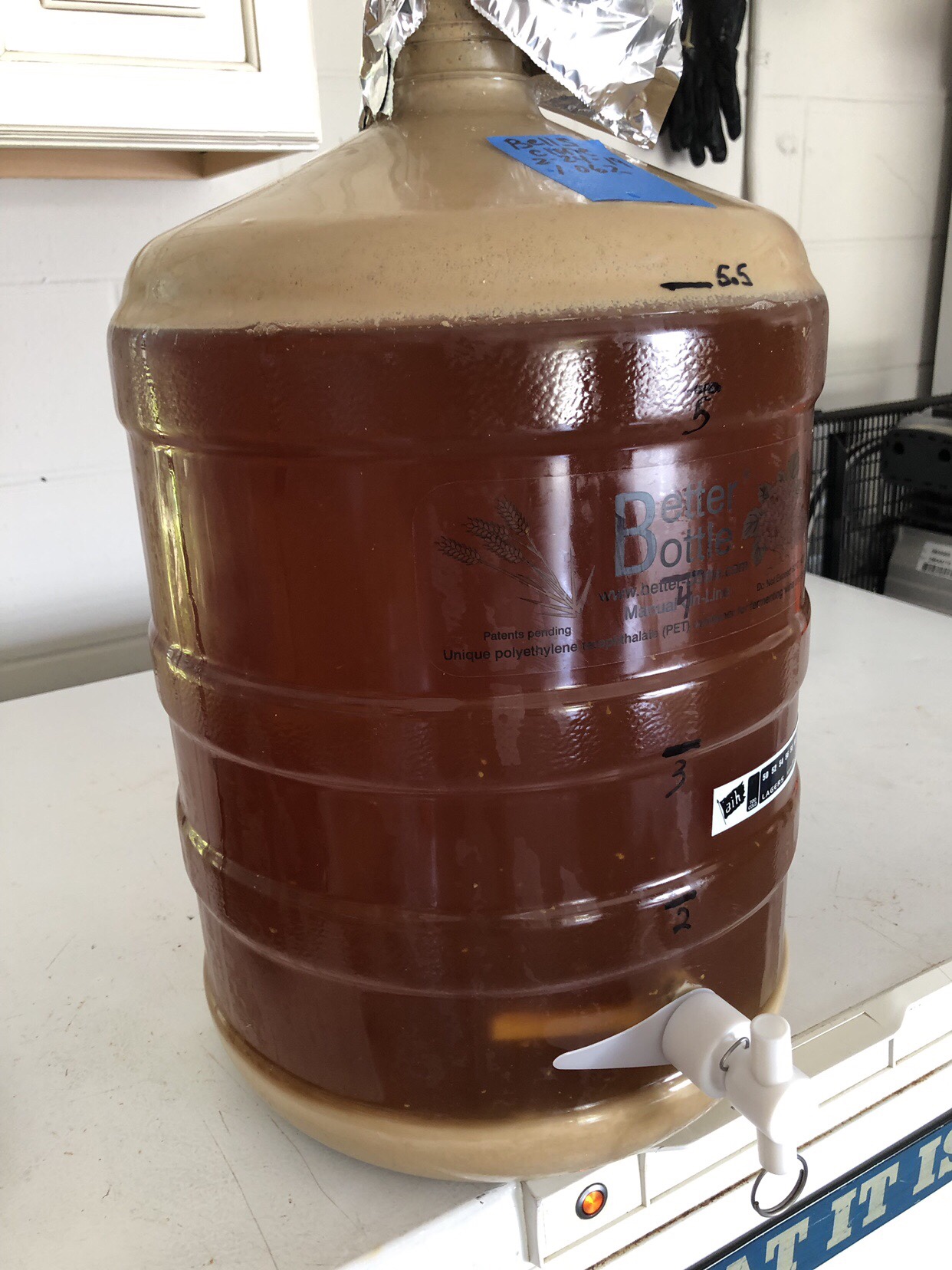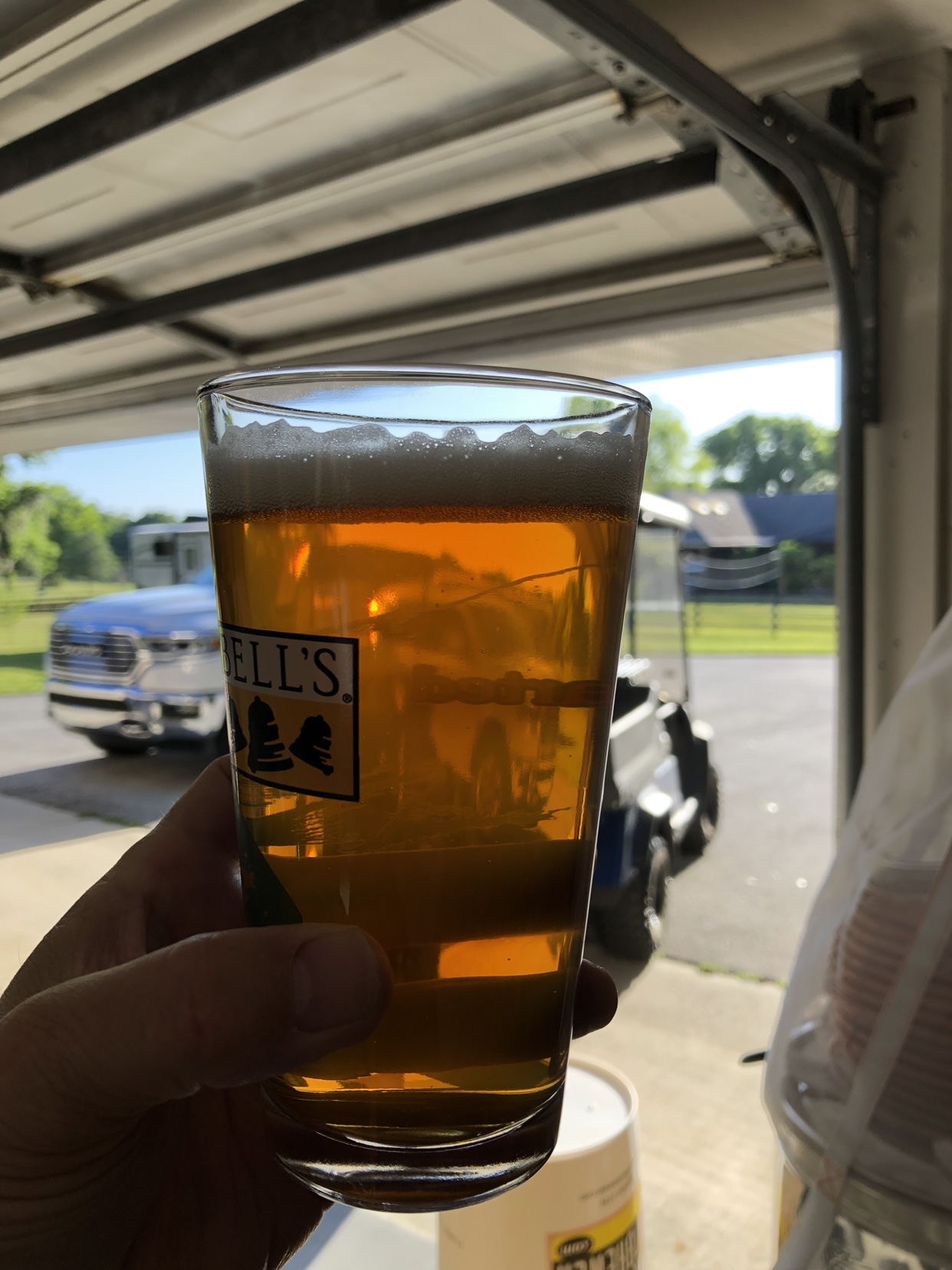I brewed with 2 vessels for almost a decade before stopping brewing for a while then coming back to it via BIAB. For me and my process, my beers are greatly improved using BIAB. That doesn't mean it's better, just works for me. We have options, and that's freaking awesome!
Before going electric, I used a strainer going into my fermenter. Not only did it help remove trub and hop debris, it helped aerate. Since going electric, I use a stainless hop filter. My beer goes into the fermenter cleaner and since I cold crash, I go into the keg pretty darn clear.
This works for me and makes pretty good beer IMO. The times I'm not pleased I can usually figure out what caused it and it wasn't BIAB.
For the record, I've never had that much junk after a brew day but maybe Yambor44 crushes much finer than I do.
Before going electric, I used a strainer going into my fermenter. Not only did it help remove trub and hop debris, it helped aerate. Since going electric, I use a stainless hop filter. My beer goes into the fermenter cleaner and since I cold crash, I go into the keg pretty darn clear.
This works for me and makes pretty good beer IMO. The times I'm not pleased I can usually figure out what caused it and it wasn't BIAB.
For the record, I've never had that much junk after a brew day but maybe Yambor44 crushes much finer than I do.









![Craft A Brew - Safale S-04 Dry Yeast - Fermentis - English Ale Dry Yeast - For English and American Ales and Hard Apple Ciders - Ingredients for Home Brewing - Beer Making Supplies - [1 Pack]](https://m.media-amazon.com/images/I/41fVGNh6JfL._SL500_.jpg)

























































